A Plastic Wrapped Life
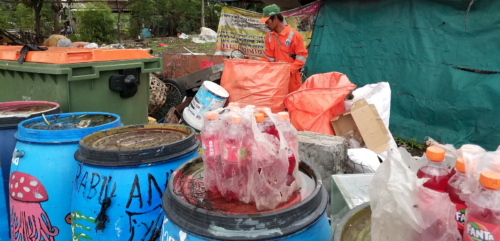
Spread over an area bigger than the United States, the approximately 17,000 islands of Indonesia are home to more than 260 million people. It is the largest economy in Southeast Asia[1] and the second-most biodiverse country in the world.[2]
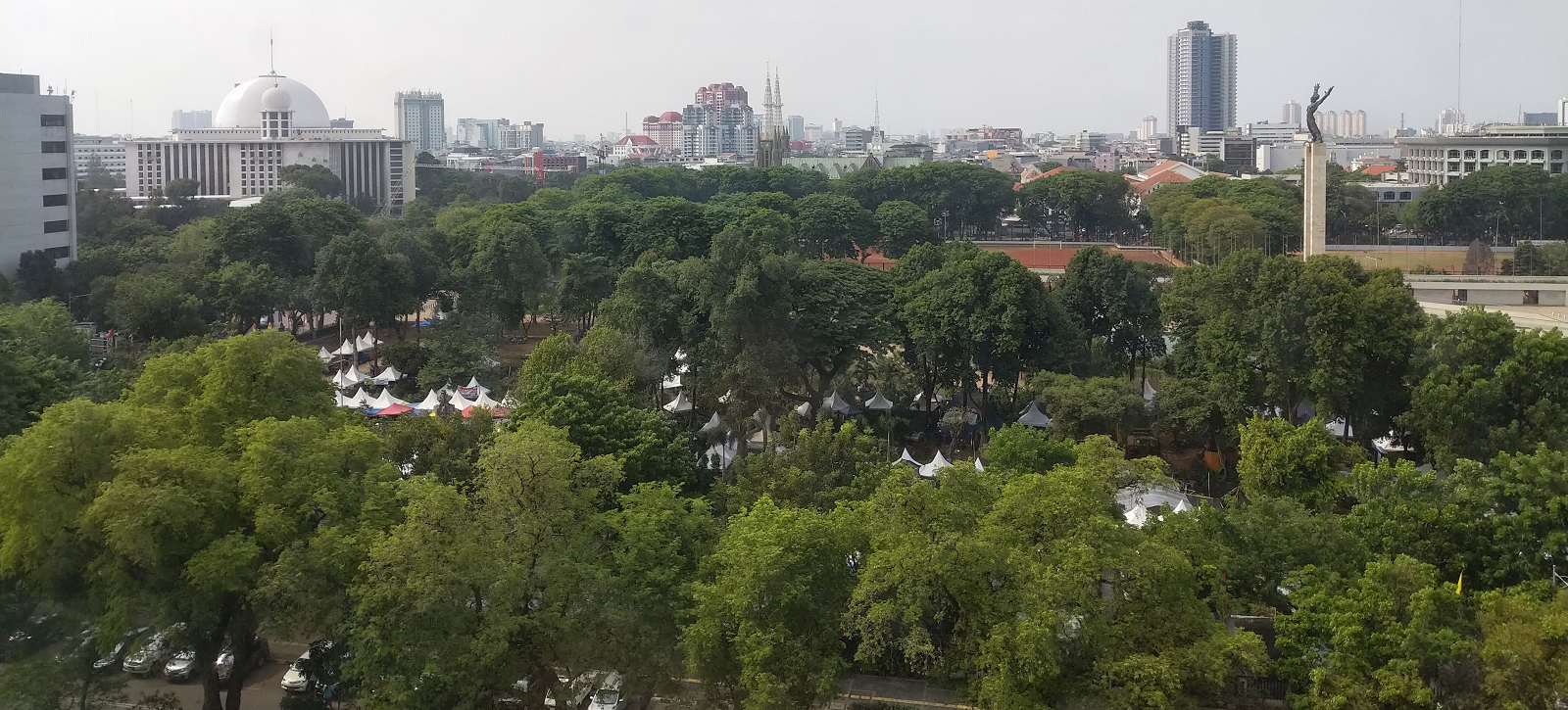
Indonesia also has a significant problem with waste management.[3] Plastic is one of the most harmful types of solid waste entering the environment in Indonesia. The mismanaged plastic waste on streets and beaches is an eyesore for a booming tourism industry and is also a concern because of potential links to human health through the food chain.
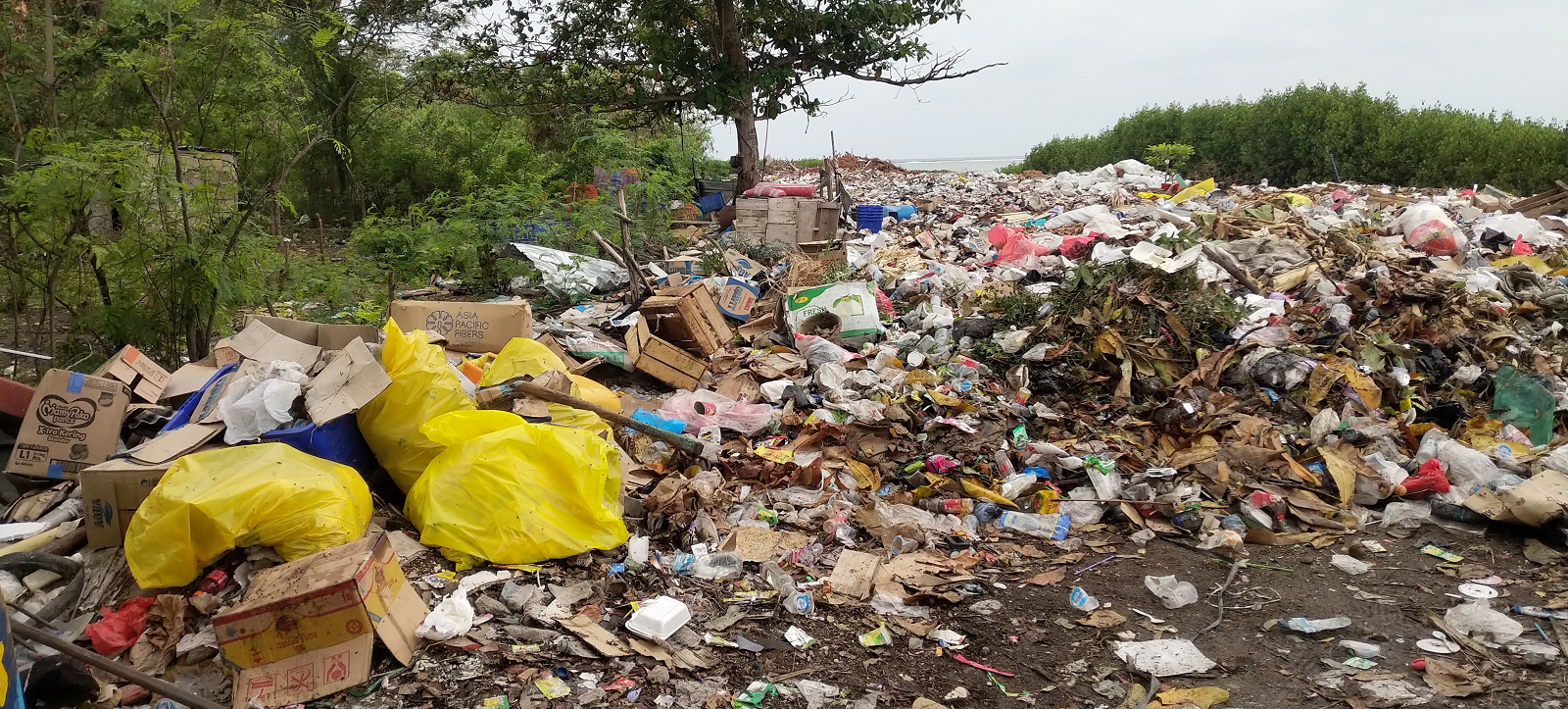
Credit: Sarah Ellison
However, it’s hard to escape the use and abundance of plastics. For many, plastic materials are often the cheapest and safest way to handle goods. From roadside food vendors to major brand companies, life is wrapped in plastic.
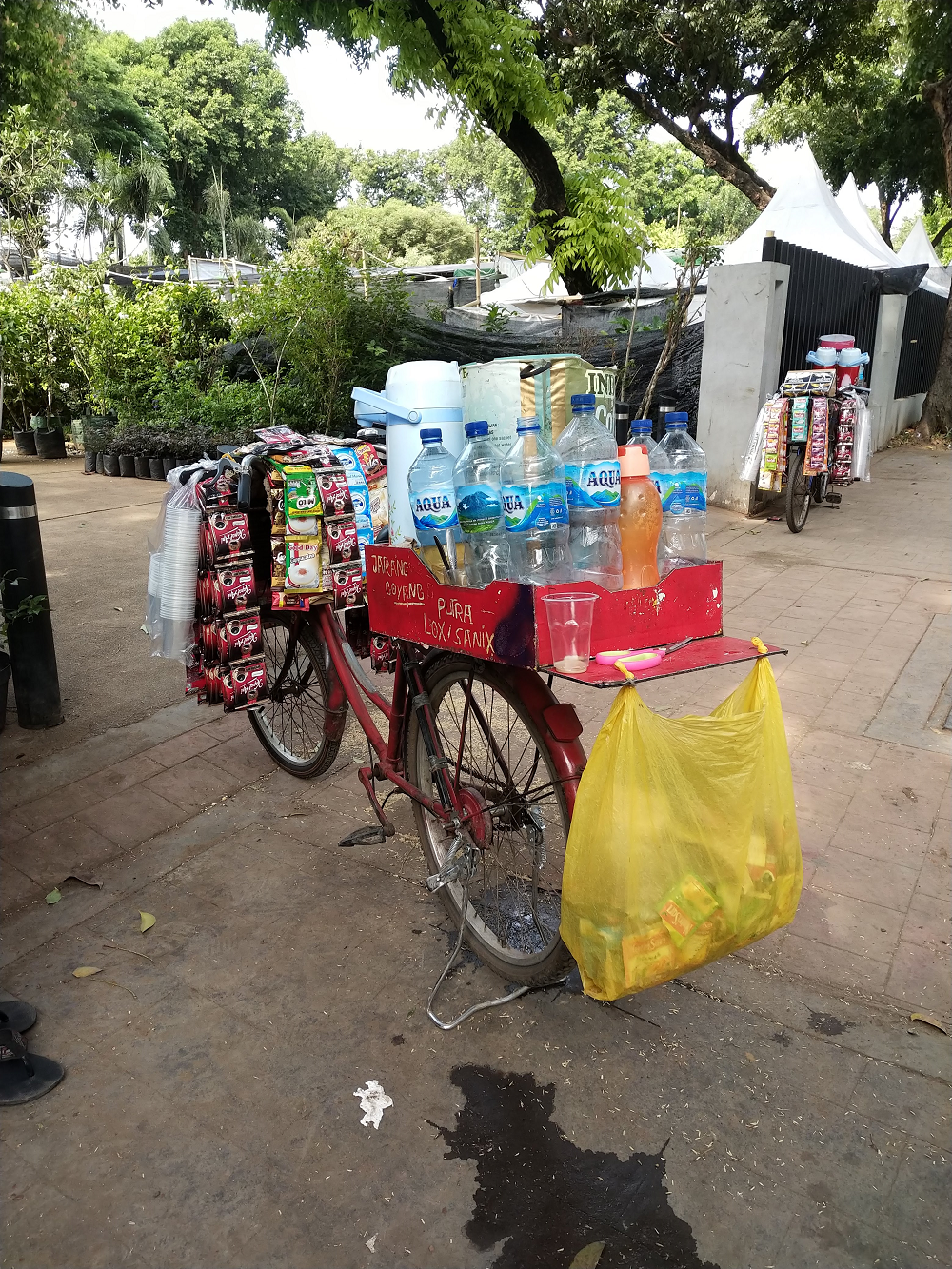
The national and local governments of Indonesia as well as local organizations are working hard to encourage less plastic use and to properly dispose of plastic waste. These efforts have increased recycling and sorting, and decreased litter. Some communities operate “Waste Banks” where individuals can bring their recyclable waste, including plastic, and receive payments as “savings” or in cash. Not only does this keep trash out of the environment and the ocean, but it also helps aggregate waste for communities without access to regular municipal waste collection. In addition, organic waste is often collected and composted at Waste Banks and then reused in community gardens.
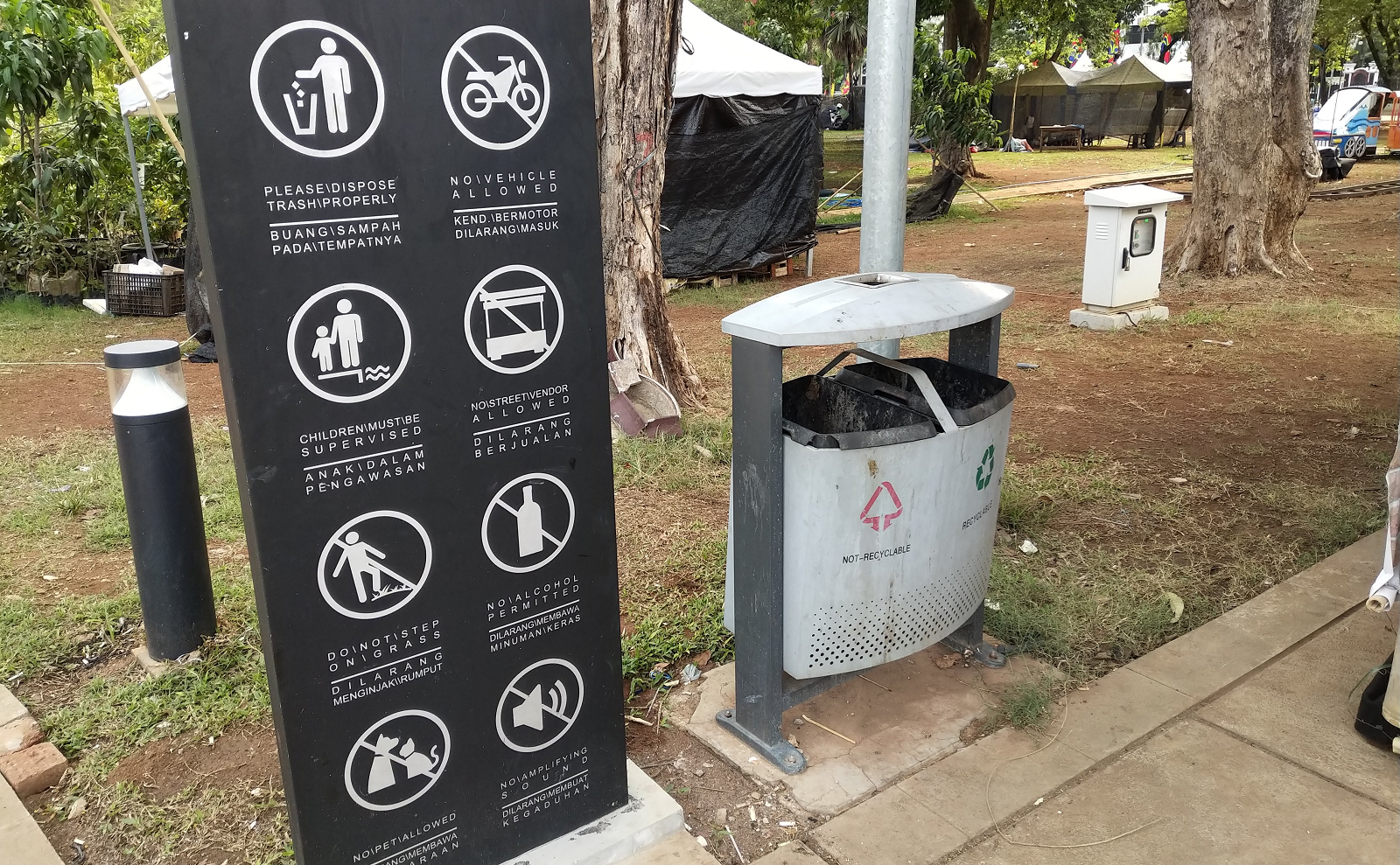
Credit: Sarah Ellison
However, challenges remain with the effective collection and processing of waste. Not every community has the space nor the technical and financial capacity to collect household waste and dispose of it in proper landfills. One of the challenges Indonesia faces as an island country is that even when high-value recyclable materials are collected, the costs of transporting them to an island with a recyclables processing facility is often higher than the value of the recyclables themselves. That means there’s less incentive to manage waste at the household level, especially when local governments don’t have the resources to manage waste for the community.
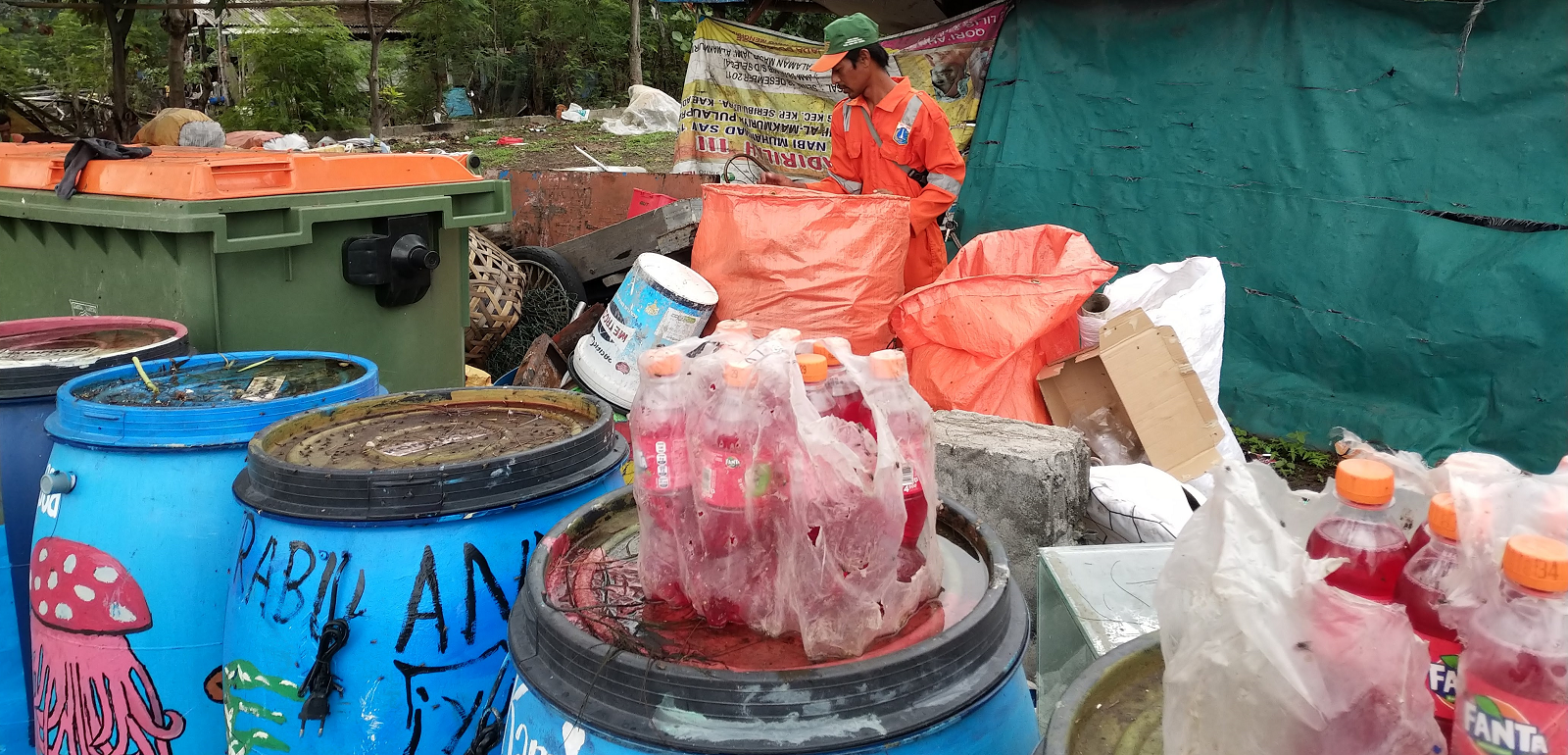
Credit: Sarah Ellison
The USAID Municipal Waste Recycling Program (MWRP) in Indonesia has given grants to seven local organizations who are countering plastic pollution in the ocean. These organizations work in close partnership with the private sector and local government, taking a systems-approach to the challenge.
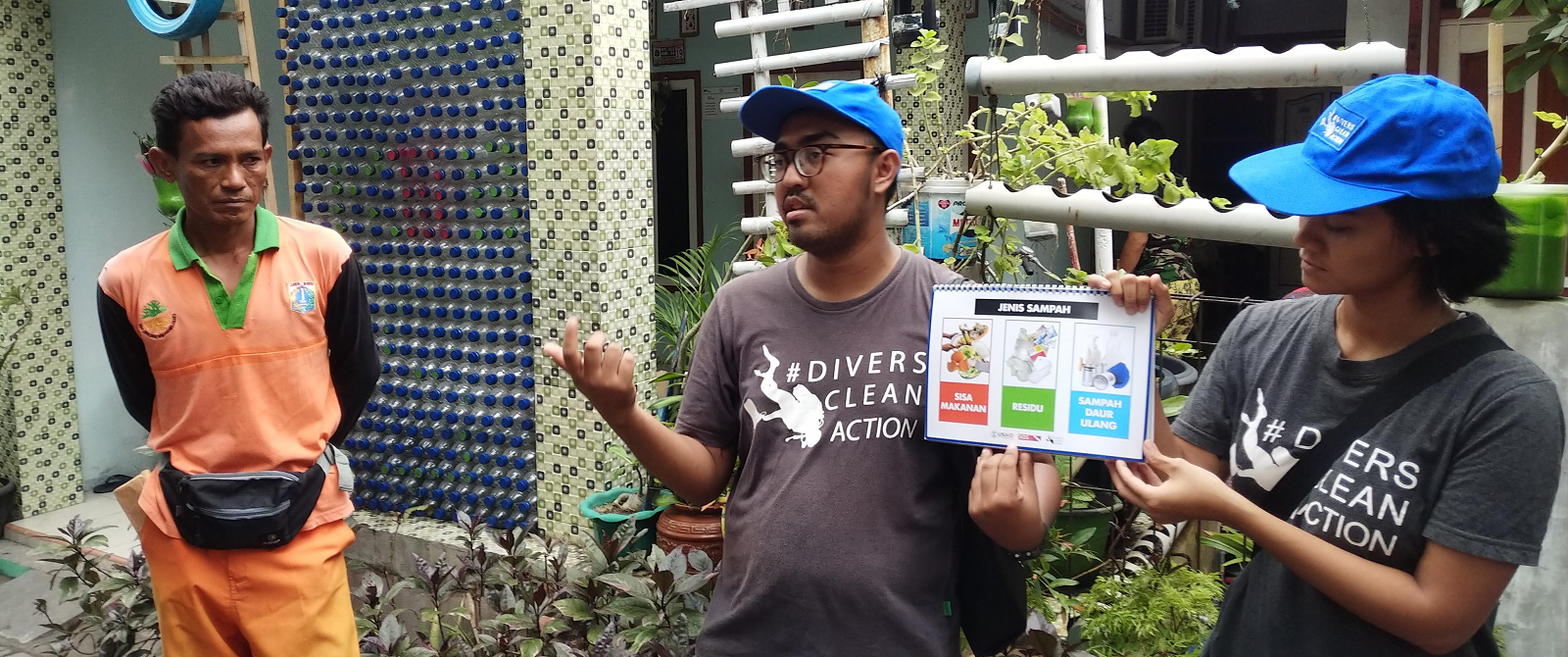
Since the beginning of MWRP in Indonesia, grantees have recovered over a quarter of a million kilos of plastic waste through clean ups and recycling programs. And that’s just the beginning. The national government has committed to reducing plastic pollution in the ocean by 70% by the year 2025[4]. MWRP grantees are helping Indonesia reach this target by testing new models for better community waste management and helping local governments strengthen their solid waste management practices. They are also working with private sector companies to address the waste from their products and packaging under the concept of Extended Producer Responsibility (EPR). Indonesian organizations, communities, local governments, and the private sector are all working together to see meaningful change in Indonesia.
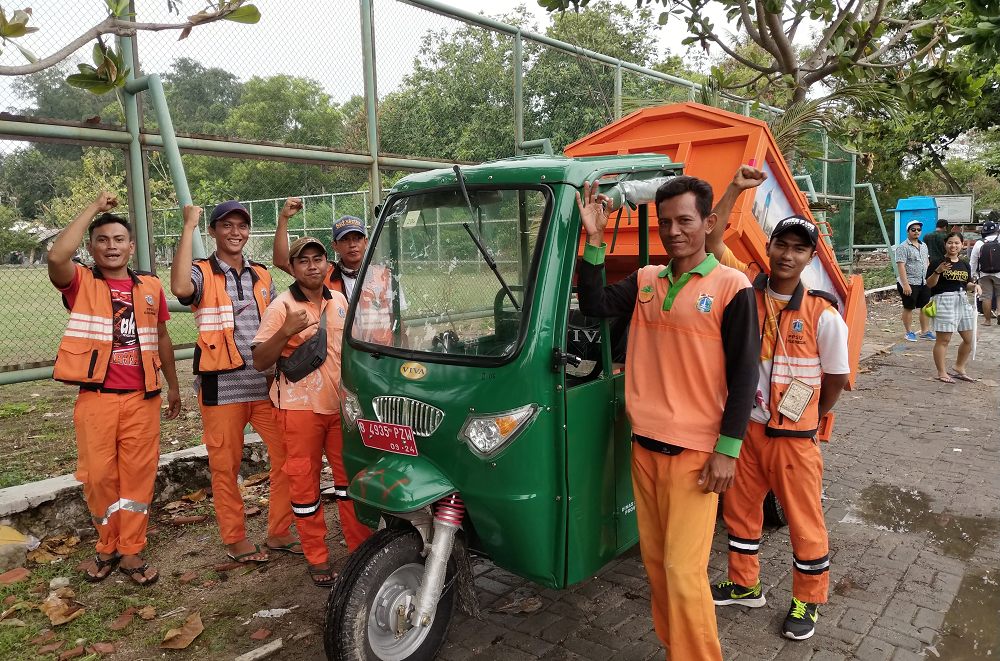
[1] https://www.cia.gov/library/publications/the-world-factbook/geos/id.html
[2] Brown, Lester R. (1997). State of the World 1997: A Worldwatch Institute Report on Progress Toward a Sustainable Society (14th edition). New York: W. W. Norton & Company. p. 7. ISBN 0-393-04008-9.
[3] Jenna R. Jambeck, Supplementary Materials for: Plastic Waste Inputs From Land Into The Ocean, Science Mag 13 February 2015, Vol 347 Issue 6223
[4] KLHK Susun Pedoman Pelaksana dari Perpres Pengelolaan Sampah – http://mediaindonesia.com/read/detail/152845-klhk-susun-pedoman-pelaksana-dari-perpres-pengelolaan-sampah (Indonesian ver.)

